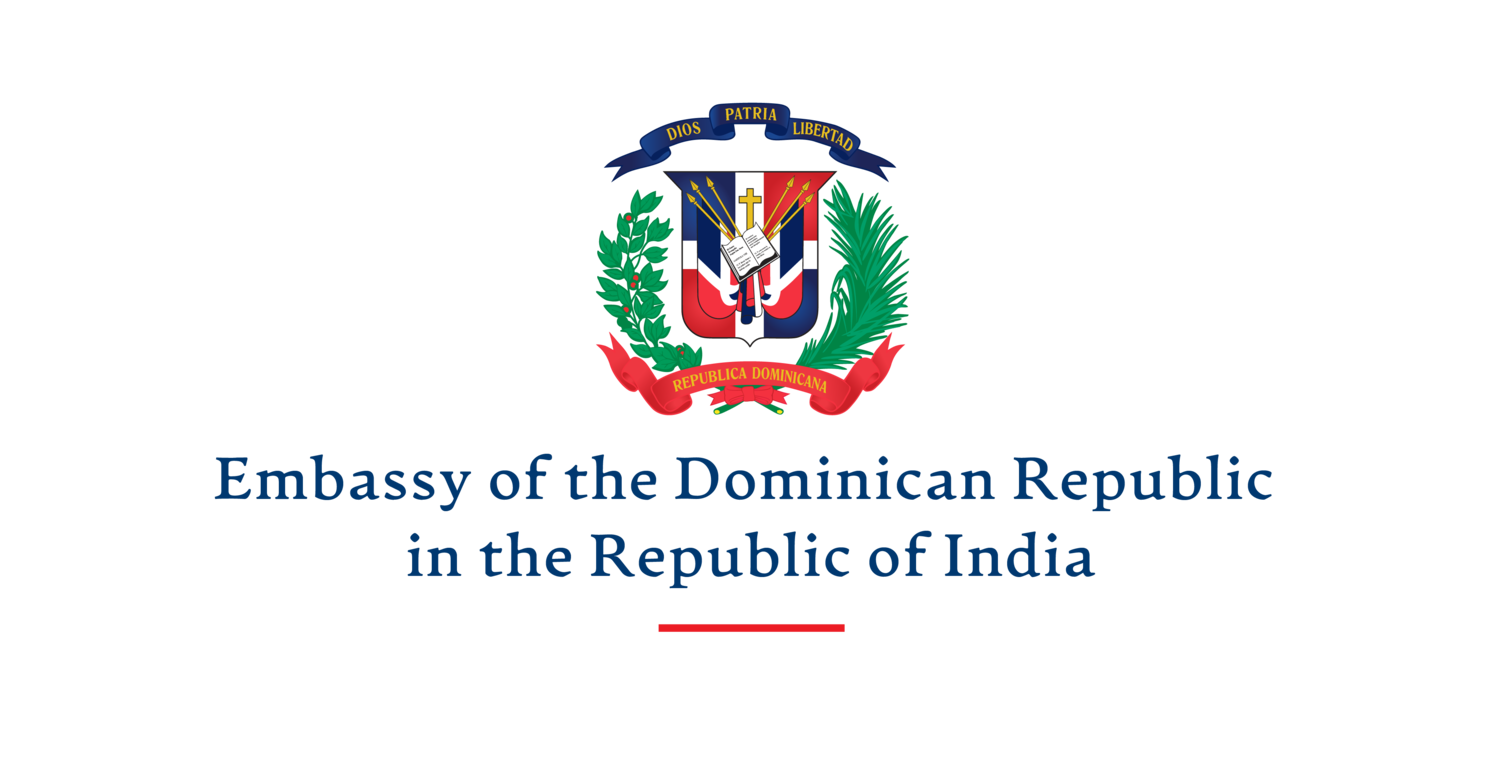Eliu Almonte at the Kolkata International Performance Art Festival (KIPAF) 2015
Eliu Almonte
Eliu Almonte is an interdisciplinary visual artist, born in 1970 in the city of San Francisco de Macorís, Duarte province, Dominican Republic. Though his artistic practice and research spans various genres, including sculpture, installation, video, photography, drawing and painting, he is recognized as one of the main Dominican contemporary practitioners of performance.
Actively engaged in the international performance scene, Eliu has also held many individual exhibitions and taken part in collective shows around the world. His work has received national and international distinctions, including the National Award for Performance Art, at the XXVI Biennale of Visual Arts, Museum of Modern Art of Santo Domingo, Dominican Republic. He has participated in art residencies in Japan, Spain, Colombia, USA, México and the Dominican Republic. He presently lives between San Diego, USA, and Cabarete in the Dominican Republic.
In his artist statement, he describes his work in the following way: “Politics, the establishment, poetry, games, chaos, and uncertainty: all these situations are intertwined within my work, with the aim of creating spaces of tension and reflection. My work seeks to embrace the unpredictable gesture, humour, and convulsive bodies. Absent, present, and visceral”.
In the year 2015 he was invited to participate in the Kolkata International Performance Art Festival (KIPAF), in India, where he presented a performance that played with the codes of communication used in a globalized world. For this blog entry, we asked Eliu a few questions about his participation in this event and about the time he spent in India. He was also kind enough to share some of the images of his performance and of the series of work he produced inspired by his visit to India.
In January 2015, I arrived by plane with my partner Jessica Hirst, on the occasion of the KIPAF, The Kolkata International Performance Festival. We learned about its open call through the artist Inder Salim. We sent our proposal to the curators-organizers, Taufik Riaz and Chimuk.
I was interested in the codes used to communicate in a "globalized" world, which unite people despite the differences in language, customs, religion, and philosophical principles. I focused my performance on developing actions to identify the aesthetics of what really unites us.
An extraordinary experience, which I had dreamed of since my childhood and then again when I read Vislumbres de la India by Octavio Paz. One of my favourite musicians is the great Trilok Gurtu, whose music accompanied me during my creative processes in the 90s. During my three months in India, I developed dozens of compositions on paper, drawings, paintings, collages, texts and installation projects, which I titled: "En busca de Janumán" (In Search for Hanuman).
I belong to the ARTEVIDA existential movement. As a creator, I do not disassociate the artist from the individual. Traveling from north to south in India greatly influenced my creativity, productivity and reflections on the sublime. Kolkata, Jaipur, Udaipur, Varanasi, Pushkar, Sarnath, Goa, Orcha, Khajuraho, Khochi, Bodhgaya and many other places, transformed my impressions about life, character, forms and substance. In addition, India was a source of inspiration for my next two performances made during 2015. "Shivaratri in the Hispaniola '' performed at the DFBR8R Gallery in the city of Chicago, and "Holy rats in the Hispaniola '' at the Sensei Gallery in New York City.
We connected with the artists Mitali Nath and Hemant Puri. We even invited them to visit the Dominican Republic at the end of the same year, 2015. They performed in Puerto Plata and Santo Domingo and produced an important collection of paintings and drawings under the magic of Quisqueya. Our complicity still remains from Goa to Cabarete.
Both regions produce a politically charged performance practice. I noticed that Indian artist’s proposals are more influenced by the philosophical aspects of existence.
*Special thanks to Patricia “Patutus” Castillo for her collaboration in digitalizing the images for this blog entry.













































